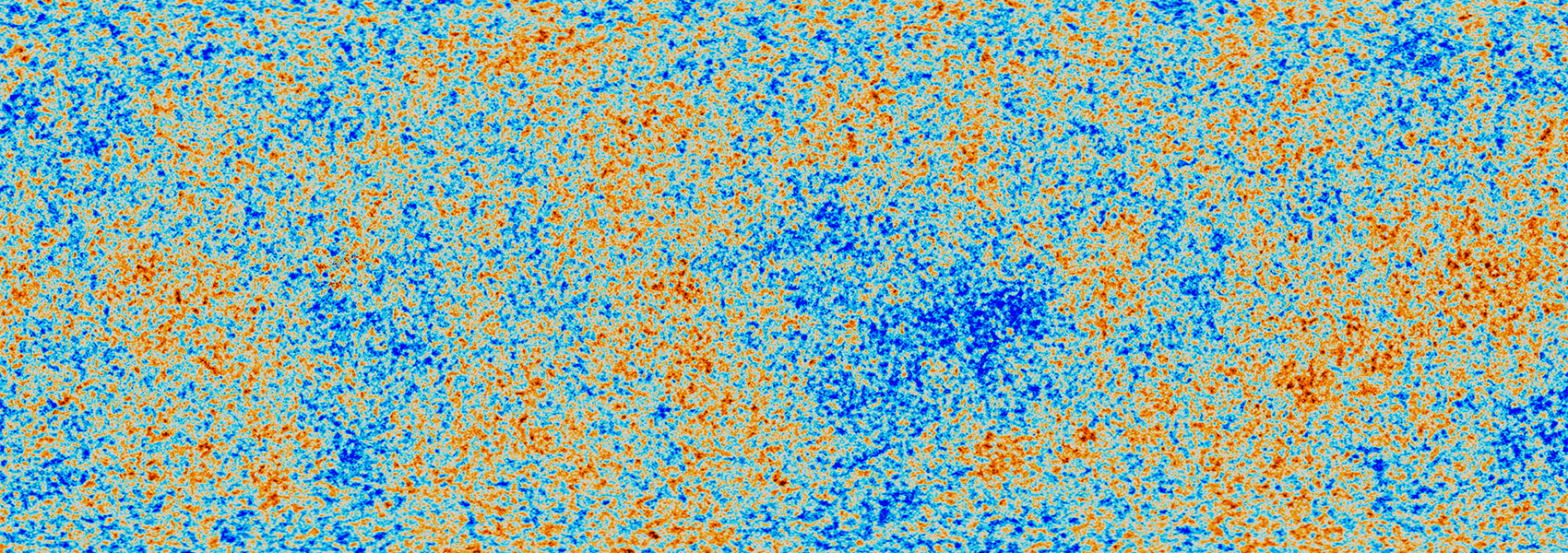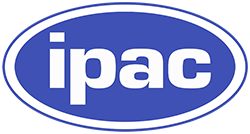April
2022
•
2022ApJS..259...60R
Authors
•
Rockosi, Constance M.
•
Lee, Young Sun
•
Morrison, Heather L.
•
Yanny, Brian
•
Johnson, Jennifer A.
•
Lucatello, Sara
•
Sobeck, Jennifer
•
Beers, Timothy C.
•
Allende Prieto, Carlos
•
An, Deokkeun
•
Bizyaev, Dmitry
•
Blanton, Michael R.
•
Casagrande, Luca
•
Eisenstein, Daniel J.
•
Gould, Andrew
•
Gunn, James E.
•
Harding, Paul
•
Ivans, Inese I.
•
Jacobson, H. R.
•
Janesh, William
•
Knapp, Gillian R.
•
Kollmeier, Juna A.
•
Lépine, Sébastien
•
López-Corredoira, Martín
•
Ma, Zhibo
•
Newberg, Heidi J.
•
Pan, Kaike
•
Prchlik, Jakub
•
Sayers, Conor
•
Schlesinger, Katharine J.
•
Simmerer, Jennifer
•
Weinberg, David H.
Abstract
•
The Sloan Extension for Galactic Understanding and Exploration 2 (SEGUE-2) obtained 128,288 low-resolution spectra (R ~ 1800) of 118,958 unique stars in the first year of the Sloan Digital Sky Survey III (2008-2009). SEGUE-2 targeted prioritized distant halo tracers (blue horizontal-branch stars, K giants, and M giants) and metal-poor or kinematically hot populations. The main goal of SEGUE-2 was to target stars in the distant halo and measure their kinematics and chemical abundances to learn about the formation and evolution of the Milky Way. We present the SEGUE-2 field placement and target selection strategies. We discuss the success rate of the targeting based on the SEGUE-2 spectra and other spectroscopic and astrometric surveys. We describe the final SEGUE-2/SDSS-III improvements to the stellar parameter determinations based on the SEGUE Stellar Parameter Pipeline. We report a (g - i) color-effective temperature relation calibrated to the IRFM. We evaluate the accuracy and uncertainties associated with these stellar parameters by comparing with fundamental parameters, a sample of high-resolution spectra of SEGUE stars analyzed homogeneously, stars in well-studied clusters, and stars observed in common by the APOGEE survey. The final SEGUE spectra, calibration data, and derived parameters described here were released in SDSS-III Data Release 9 and continue to be included in all subsequent SDSS Data Releases. Because of its faint limiting magnitude and emphasis on the distant halo, the public SEGUE-2 data remain an important resource for the spectroscopy of stars in the Milky Way.
Links



